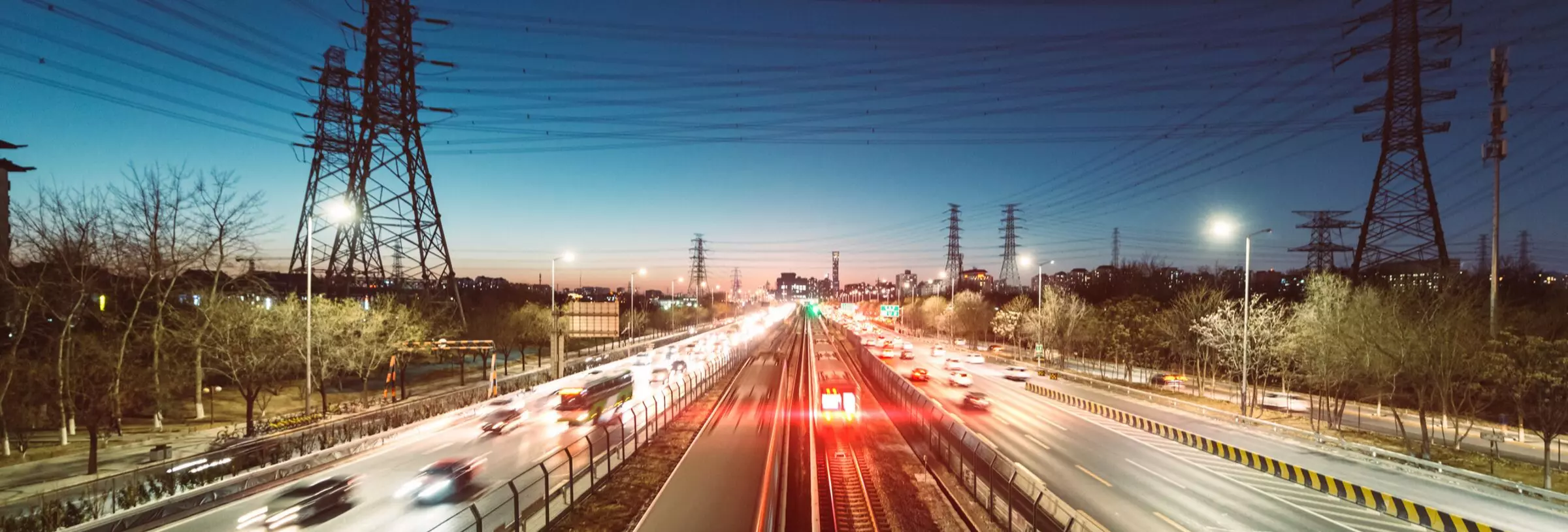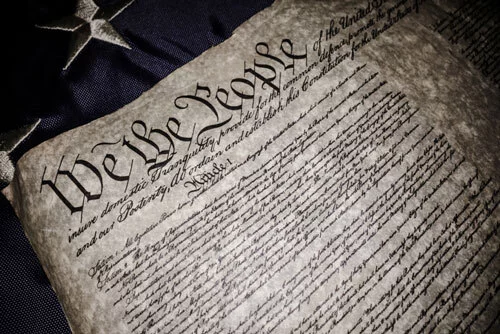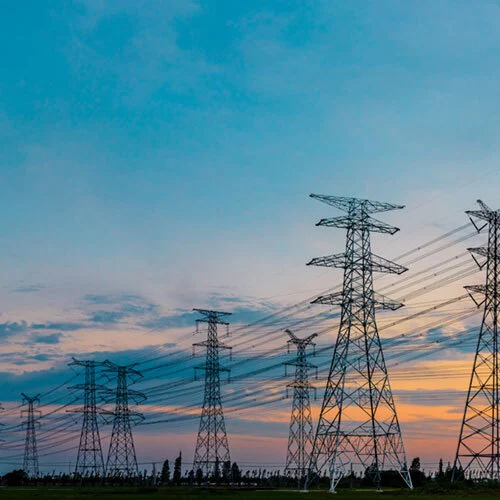The Fifth Amendment to the U.S. Constitution states, in part, “nor shall private property be taken for public use, without just compensation.” The federal Endangered Species Act deals with a different type of “taking.” Section 9 of the Endangered Species Act generally prohibits any person from “taking” any species of fish or wildlife listed as endangered. 16 U.S.C § 1538. This is a general prohibition, because if a project involves a federal permit or approval, a federal resource agency can prepare a biological opinion under Section 7 of the Endangered Species Act and ...
In California, the primary governing structure for condemnation suits is set forth within Title 7 of the California Code of Civil Procedure (CCP 1230.010, et. seq.), otherwise known as the Eminent Domain Act, which was enacted in 1975. In 2006, a few modest updates were made, including the addition of an appraisal reimbursement provision that requires a public entity to pay the reasonable costs, not to exceed $5,000, for a property owner facing condemnation to secure its own appraisal. Now, about twenty years later in 2025, new legislation, AB 1033, has been introduced to the ...
Join us in April for Nossaman's Eminent Domain Seminars! We will be hosting our Northern California seminar in Berkeley on April 8th and our Southern California seminar in Costa Mesa on April 15th.
These complimentary programs will focus on current issues involving right of way, property acquisitions and eminent domain.
Key topics to be covered by our panels of leading industry professionals include:
- Valuation Methodologies: Covering the income approach, cost approach, cost to cure vs. diminution in value and related valuation approaches;
- Appraiser’s Guide to Expert ...
Please join me and my colleague Liz Klebaner on March 11 as we present “Environmental Considerations for Right of Way Acquisition” during the International Right of Way Association (IRWA) Chapter 67 March Luncheon in Santa Ana. We will discuss how environmental issues factor into the right-of-way acquisition process, including best practices for identifying and tackling pre-acquisition and post-environmental approval issues.
The International Right of Way Association (IRWA) is a global, member-led organization of dedicated professionals within the right of way ...
When water agencies provide water to customers, and that water causes damage to customer property, can water agencies face inverse condemnation liability? For quite some time, inverse condemnation liability appeared to be unavailable based on the theory that the customer “invited” the water onto private property by voluntarily connecting to the public water system. However, a recent court of appeal decision, Shehyn v. Ventura County Pub. Works Agency (2025 Cal. App. LEXIS 94*), has opened the door to potential inverse claims, at least where a property owner receives a ...
In 2024, we reported on a significant published appellate decision, South San Joaquin Irrigation District v. PG&E, which concluded that when a public agency uses eminent domain to acquire the assets of an electric, gas, or water utility, the court can exercise its independent judgment in determining whether the agency’s acquisition satisfies the public use and necessity requirements. The decision provided guidance on the standard of review and the limited level of deference given to public agencies in their decision-making on such utility take-overs. …
Eminent Domain Report is a one-stop resource for everything new and noteworthy in eminent domain. We cover all aspects of eminent domain, including condemnation, inverse condemnation and regulatory takings. We also keep track of current cases, project announcements, budget issues, legislative reform efforts and report on all major eminent domain conferences and seminars in the United States.
Stay Connected
 RSS Feed
RSS Feed
Categories
- Administration
- Appraisal
- California
- CLIMATE CHANGE
- CONGRESS
- Construction
- Court Decisions
- EPA
- Events
- Goodwill
- GOVERNMENT ADMINISTRATION
- Inverse Condemnation & Regulatory Takings
- Lawsuit
- New Legislation
- Possession
- Projects
- Public Agency Law
- Publications
- Redevelopment
- Regulatory Reform and Proposed Rules
- Right to Take
- Right-of-Way
- Seminars
- Speaking Engagements and Presentations
- trial
- Valuation
- Videos
- Water






